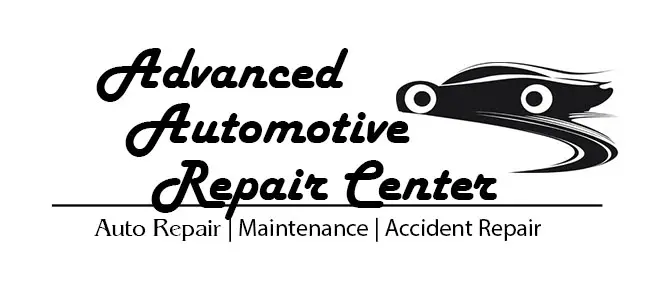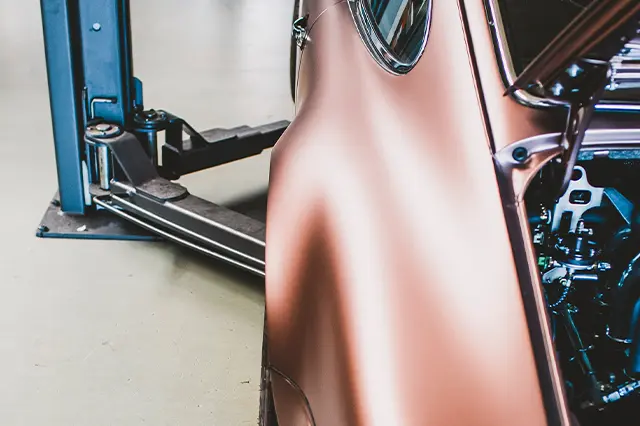
Everything You Need To Know About A Transmission Rebuild
Transmission rebuilds are a necessary part of vehicle maintenance if you want to keep your car running properly and safely. But what exactly entails a transmission rebuild? How much does it cost? And how often should you get one? In this blog post, we will discuss all the ins and outs of a transmission rebuild, including why it’s important and how to go about getting it done. We will also discuss the common signs that indicate you need a rebuild, as well as the costs associated with it. So, read on to learn more about everything you need to know about a transmission rebuild!
What is a transmission?
A transmission rebuild is the process of disassembling a transmission, cleaning all of its parts, and then reassembling it. This is done when a transmission is not working properly or when it needs to be replaced. The process can be done by a professional mechanic or by the owner of the vehicle, if they have the knowledge and tools.
A transmission rebuild is necessary when a transmission is not functioning correctly. There are many reasons why a transmission may not work correctly, such as wear and tear, damage, or even just age. When a transmission is rebuilt, all of the parts are cleaned and inspected for damage. Any damaged parts are replaced with new ones, and then the entire transmission is reassembled.
A transmission rebuild can be a time-consuming and expensive process, but it is often worth it to fix a Transmission that is not working properly. transmissions that are not rebuilt can often lead to more problems down the road, so it is best to get it done right the first time.
How often do transmissions need to be rebuilt?
Transmissions typically need to be rebuilt every 100,000 miles or so. However, this can vary depending on the make and model of your car as well as how you drive it. If you frequently tow heavy loads or drive in stop-and-go traffic, your transmission may need to be rebuilt more often. Conversely, if you take good care of your car and drive mostly on highways, you may be able to go longer between rebuilds.
Signs that your transmission needs to be rebuilt
If your transmission is having any of the following problems, it may need to be rebuilt:
1. Slipping: If your transmission is slipping, it means that the gears are not engaging properly. This can be caused by a number of things, including low fluid levels, worn out clutch plates, or damaged gears.
2. Leaking: If your transmission is leaking fluid, it could be due to a cracked seals or gaskets. This will eventually lead to damage to the internals of the transmission and will require a rebuild.
3. Noisy: If your transmission is making strange noises, such as grinding or whining, this could be an indication of damaged gears or bearings. Without proper lubrication, these components will eventually fail and will need to be replaced during a rebuild.
4. Shifting problems: If you’re having trouble shifting gears, this could also be an indication of worn out clutch plates or damaged Gears. In some cases, shifting issues can also be caused by low fluid levels.
5. Check engine light: If your check engine light is illuminated, it could be caused by an issue with the transmission, such as worn out solenoids or valves. This will require a rebuild in order to fix the problem.
If any of these signs occur, it’s best to take your vehicle to a mechanic for a full diagnosis. This will help determine the cause of the issue and whether or not the transmission needs to be rebuilt.
The transmission rebuild process
When your transmission starts to act up, it can be a symptom of a bigger problem. If you’re lucky, it might just need a simple fix like a fluid flush or filter change. But if the issue is more serious, you may need to rebuild the transmission.
Rebuilding a transmission is no small task, but it’s not impossible. With the right tools and knowledge, you can do it yourself. Or, if you’d rather leave it to the professionals, there are plenty of qualified shops that can handle the job.
Either way, you’ll need to know what to expect during the rebuild process. Here’s a quick overview:
1. Disassembly: The first step is to disassemble the transmission so that each individual part can be inspected for damage. This is a meticulous process that requires patience and attention to detail.
2. Cleaning: Once all of the parts have been taken apart, they need to be cleaned thoroughly. This ensures that any dirt or debris won’t cause problems later on down the line.
3. Inspection: Once everything is clean, it’s time to inspect all of the parts for wear and tear. Any parts that are damaged will need to be replaced before reassembly can begin.
4. Reassembly: This is where everything goes back together again. All of the new or repaired parts will be put back in place and the entire unit will be tested for proper function before being installed in your vehicle.
5. Testing: Once the transmission has been reassembled, it will need to be tested to make sure that it functions properly before being put back in your vehicle. This step is an important one and should not be skipped.
The rebuild process can take anywhere from a couple of hours to several days depending on the condition of the transmission and the complexity of the job. With proper maintenance, however, you can help ensure that your transmission lasts for years to come.
The benefits of a transmission rebuild
If your vehicle is starting to have transmission problems, it may be time to consider a transmission rebuild. A transmission rebuild can be a great way to extend the life of your vehicle and avoid the need for a costly replacement. Here are some of the benefits of a transmission rebuild:
1. Improved Performance – A rebuilt transmission can provide improved performance over a worn-out or damaged one. This can be especially beneficial if you use your vehicle for towing or other heavy-duty applications.
2. Increased Reliability – A rebuilt transmission will be more reliable than one that has not been rebuilt. This means that you can count on your vehicle to perform when you need it most.
3. Lower Maintenance Costs – A rebuilt transmission will typically require less maintenance than one that has not been rebuilt. This can save you money in the long run by reducing the number of repairs or replacements that you need.
4. Improved Fuel Efficiency – A rebuilt transmission can also improve your vehicle’s fuel efficiency by ensuring that the components are all in good working order and running efficiently. This can help you save money on fuel costs over time.
5. Longer Life – A rebuilt transmission can last longer than one that has not been rebuilt due to the improved performance and reliability. This means that you can keep your vehicle running for many more years before needing a replacement.
Overall, a transmission rebuild can be an excellent way to improve the performance and reliability of your vehicle while also saving you money in the long run.
The cost of a transmission rebuild
The cost of a transmission rebuild can vary depending on the severity of the damage and the type of transmission. A basic rebuild could cost around $1,500 while a more complex rebuild could cost up to $4,000. The most important factor in determining the cost of a transmission rebuild is the type of transmission you have. Automatic transmissions are typically more expensive to rebuild than manual transmissions.
Additionally, the cost of labor and parts can vary depending on your location. A transmission rebuild from a reputable mechanic or transmission shop should include new parts, so make sure to ask about that before committing to the repair.
Conclusion
All in all, a transmission rebuild can be an involved process but with the right preparation and understanding of what’s involved, it is possible to successfully complete the job yourself. We hope this article has provided you with some useful information about a transmission rebuild so that you can make an informed decision when it comes time to tackle the project. Good luck and stay safe out there!
